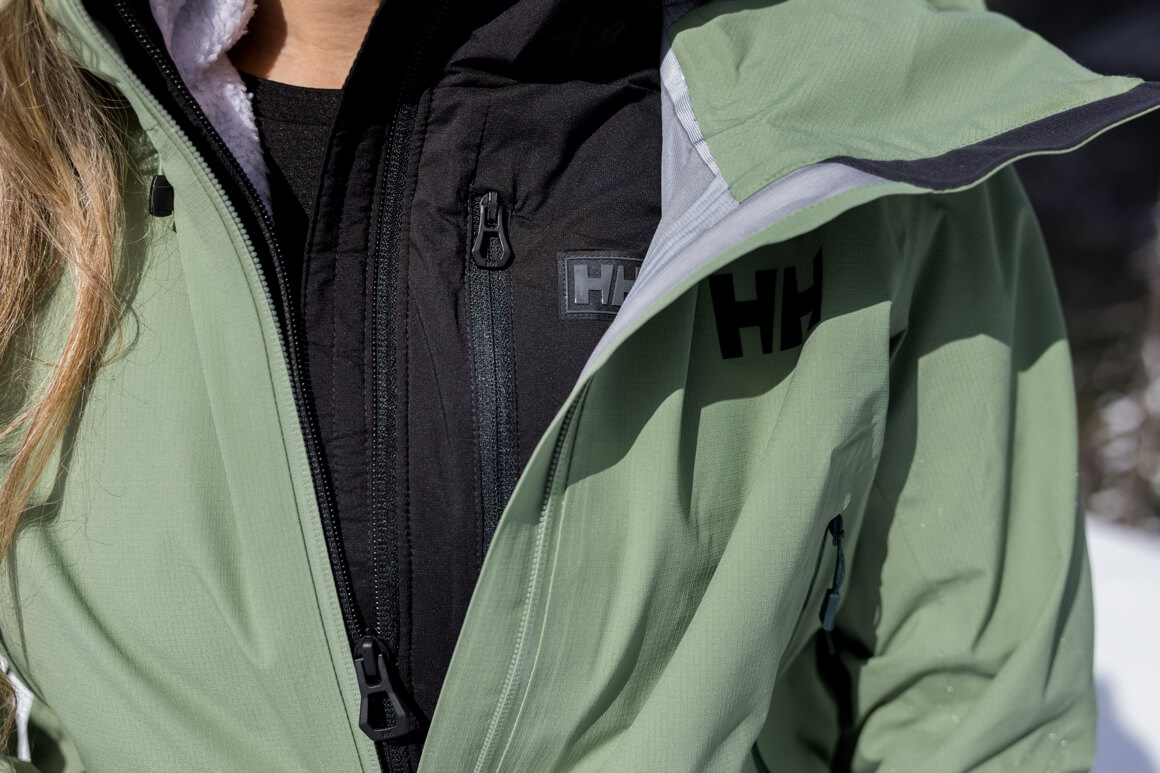Our gear is made to last, but no garment keeps up its performance for long without maintenance.
Sweat, bacteria, dirt, and grime can not only cause unpleasant odor but over time reduce the technical properties of the garment, like breathability, waterproofness, sweat-wicking, and more. So you should clean your outdoor gear correctly and on a regular basis to help improve its lifespan.




%20copy_inline_1160x773.jpg)

